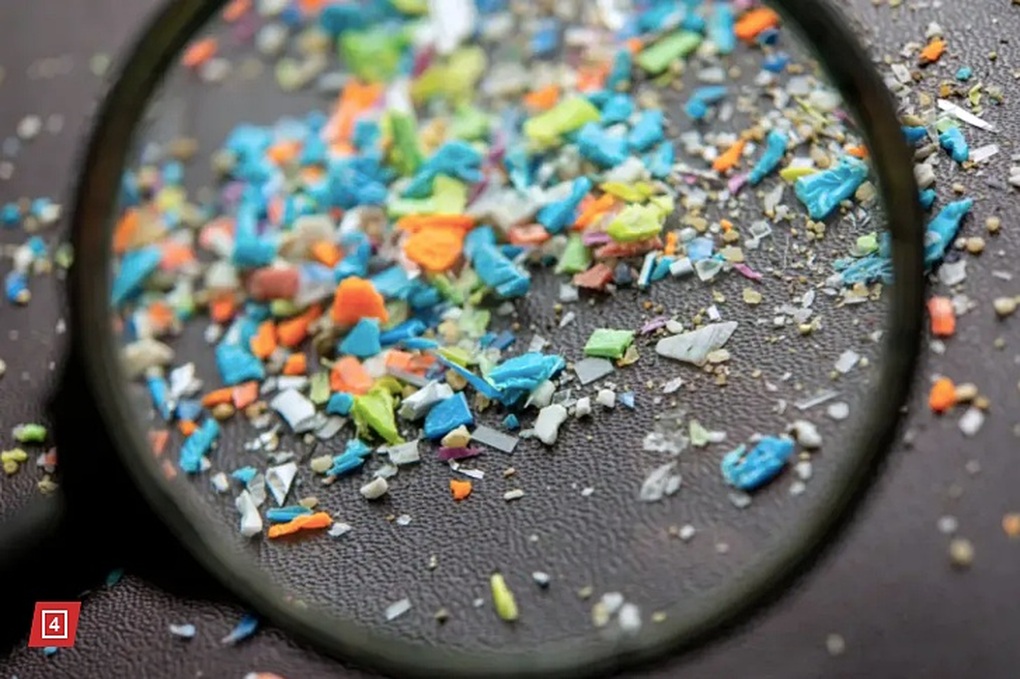Microplastics, particularly, pose a significant threat to both the environment and human health. Smaller than a grain of rice, these tiny plastic particles are pervasive in numerous everyday products, from personal care items to food, causing worrying negative impacts.
Microplastics: The Silent Threat
These minuscule plastic fragments not only harm the environment but also infiltrate the human body, presenting potential health risks. Studies suggest microplastics may negatively impact reproductive, digestive, and respiratory systems, even potentially linking to colon and lung cancer.
 Small Changes to Reduce Microplastic Intake – 1
Small Changes to Reduce Microplastic Intake – 1
Image: Microplastics are widely present in many daily products.
Microplastic Ingestion Pathways
Exposure to microplastics is unavoidable in today’s environment. Rather than eliminating it entirely, the focus should be on minimizing the amount ingested. Plastic bottles, especially those distorted or exposed to high temperatures, readily release microplastics into the water.
Minimizing Microplastic Exposure
To reduce microplastic intake, consider these steps:
1. Switch to Filtered Water: Studies suggest that switching from bottled water to filtered water can significantly reduce microplastic intake by up to 90%.
2. Limit Plastic in Food Preparation: Heating food in plastic containers in a microwave can release significant amounts of microplastics. Opt for glass or stainless steel alternatives. Avoid storing food in plastic.
3. Moderate Alcohol and Seafood Consumption: Alcohol and seafood are identified as considerable sources of microplastics in the diet.
4. Utilize Alternative Utensils:
- Replace disposable cups with reusable options: Disposable paper cups, especially those lined with plastic, can release microplastics when used with hot drinks.
- Use ceramic mugs: When consuming beverages at cafes, request ceramic cups instead.
5. Be Mindful of Food Choices: Reduce consumption of packaged and processed foods.
Microplastics in Salt: A Concerning Source
A concerning discovery is the presence of microplastics in salt. Studies show microplastics are present in nearly 94% of globally sampled salt. Himalayan pink and black salts have the highest microplastic concentrations, while iodized salt has the lowest.
Need for Further Research on Long-Term Impacts
While reducing microplastic intake is crucial, further research is needed to understand the long-term health effects of microplastics and establish safe exposure limits.
Conclusion
Microplastics represent a serious environmental and health concern that demands attention and resolution. Implementing individual and community-based strategies to limit exposure is essential for safeguarding both our health and the future of the environment.
References
- The New York Post: [Scientific article on microplastics and bottled water] (Link if available)
- Genomic Press: [Research on microplastic exposure] (Link if available)
- UDS Health: [Research on microplastics in daily items] (Link if available)
- Original Article Source: https://dantri.com.vn/suc-khoe/thay-doi-nho-giup-ban-cat-giam-luong-vi-nhua-hap-thu-20250306101515078.htm
(Note: Please add the original article links to the references.)



